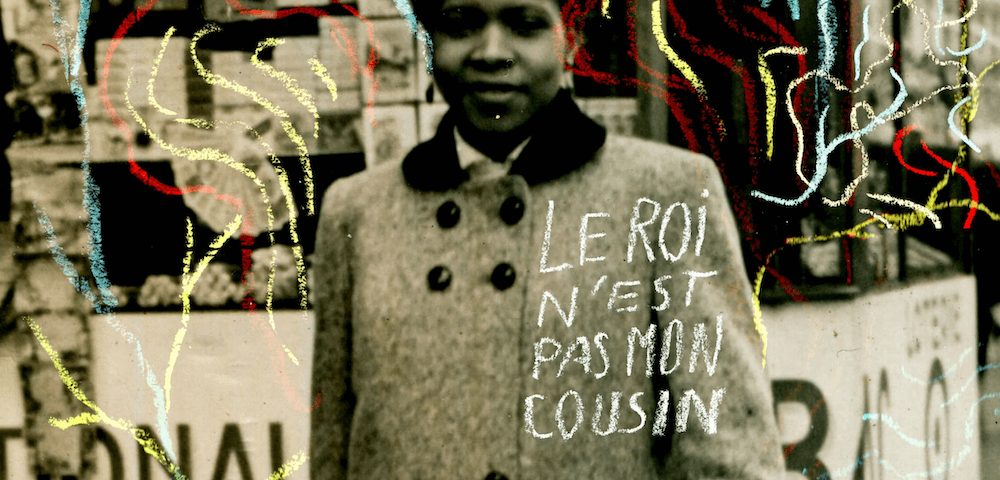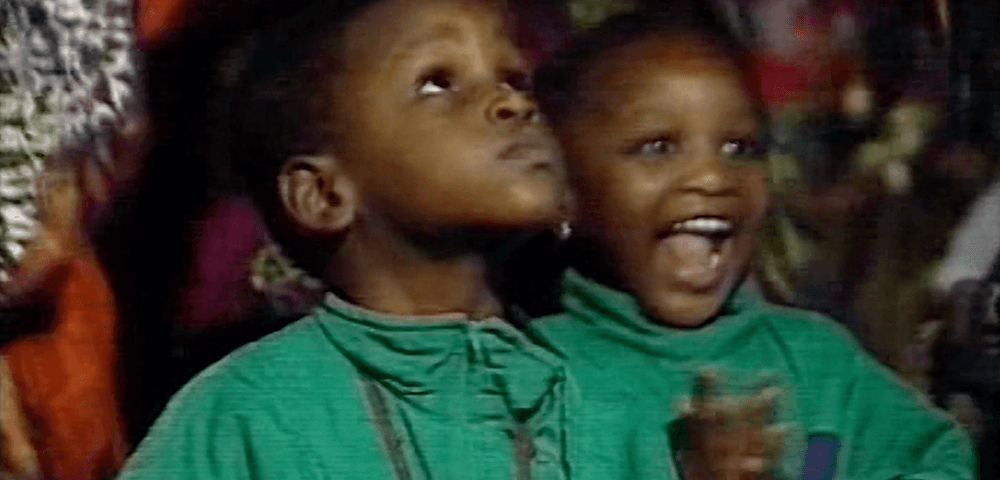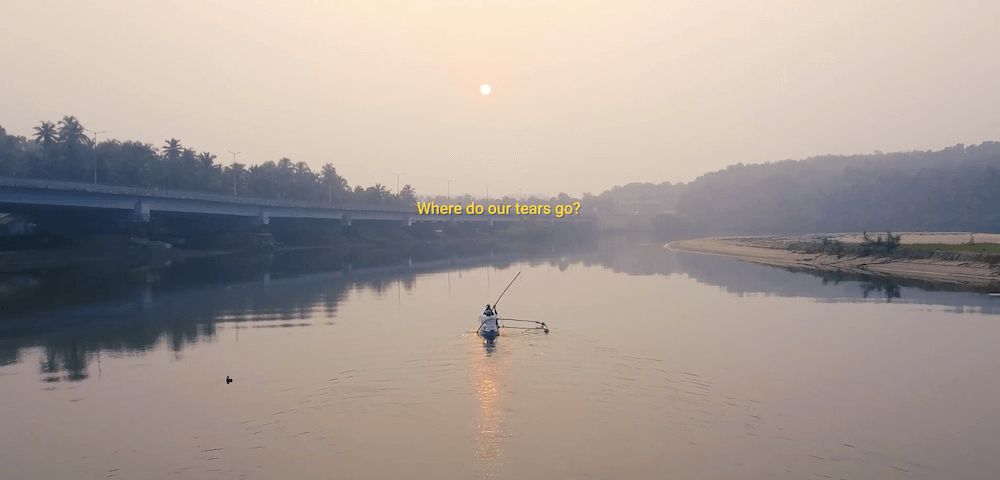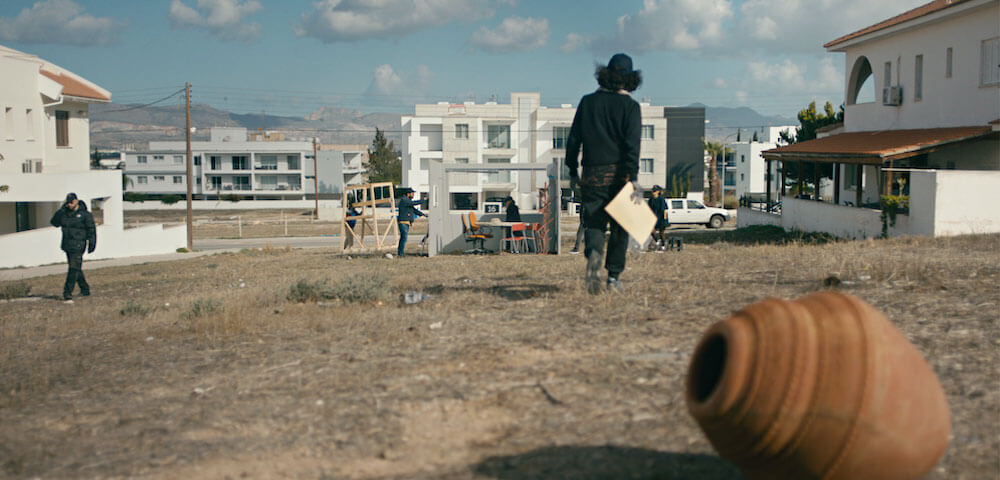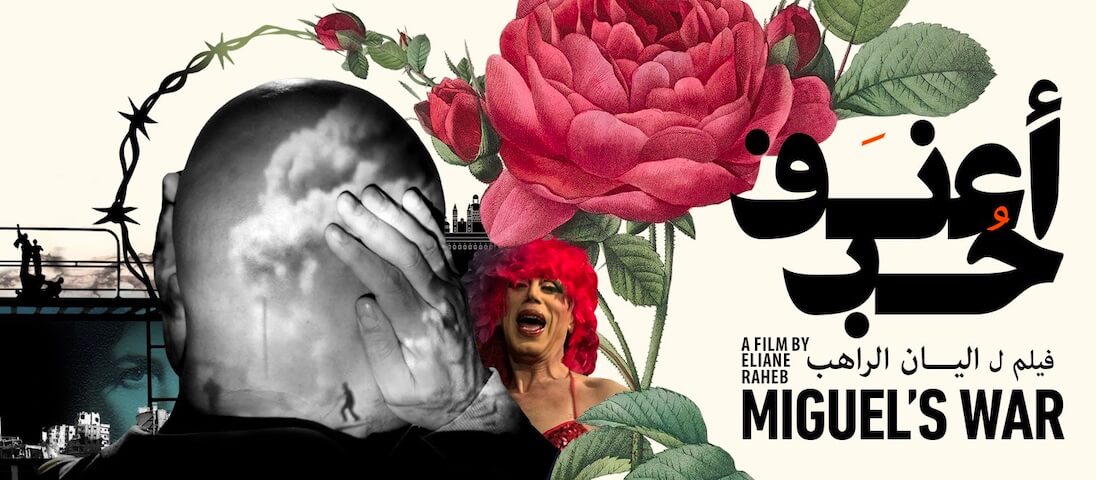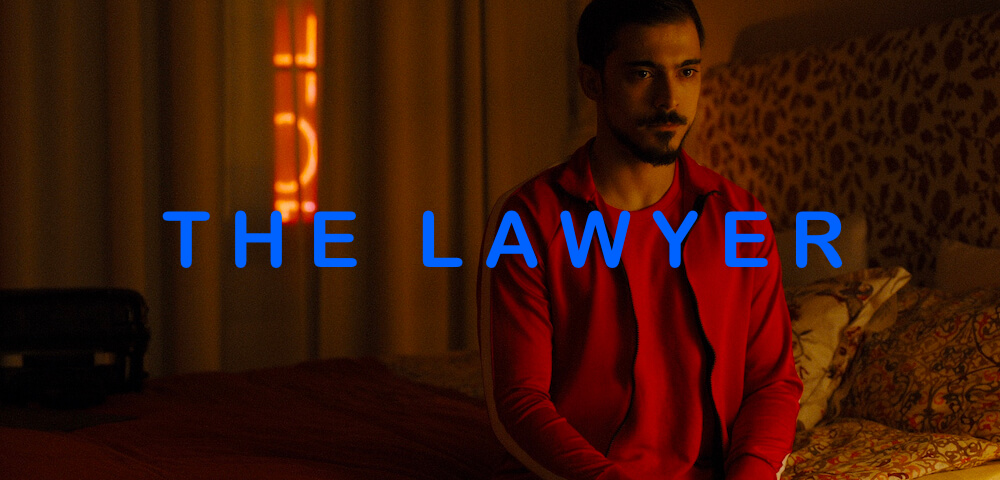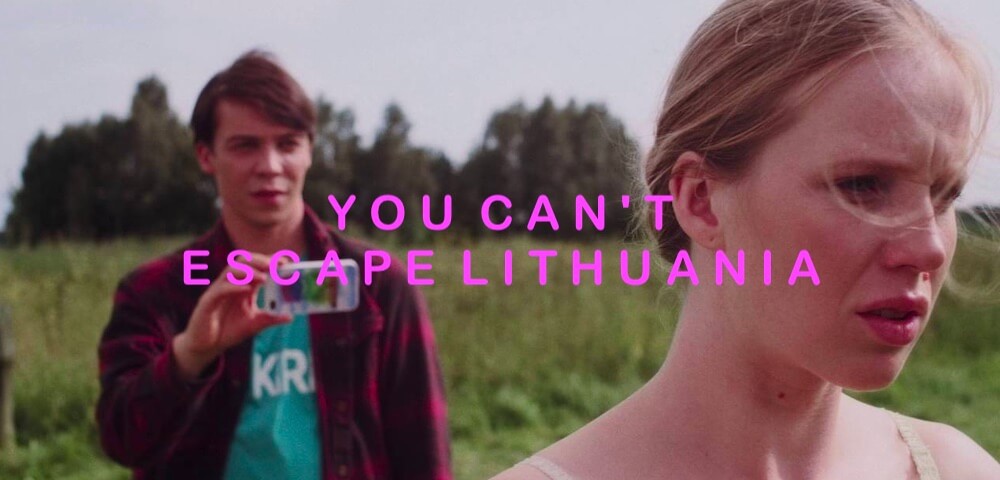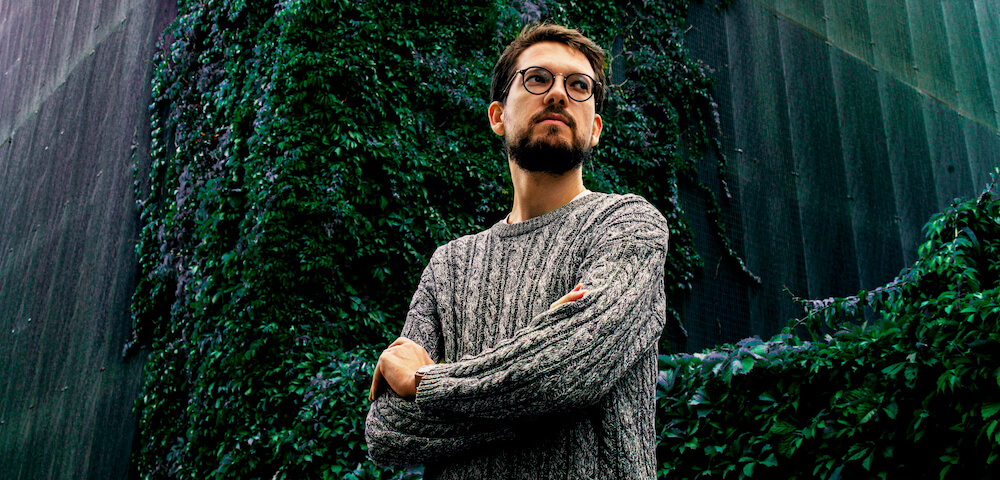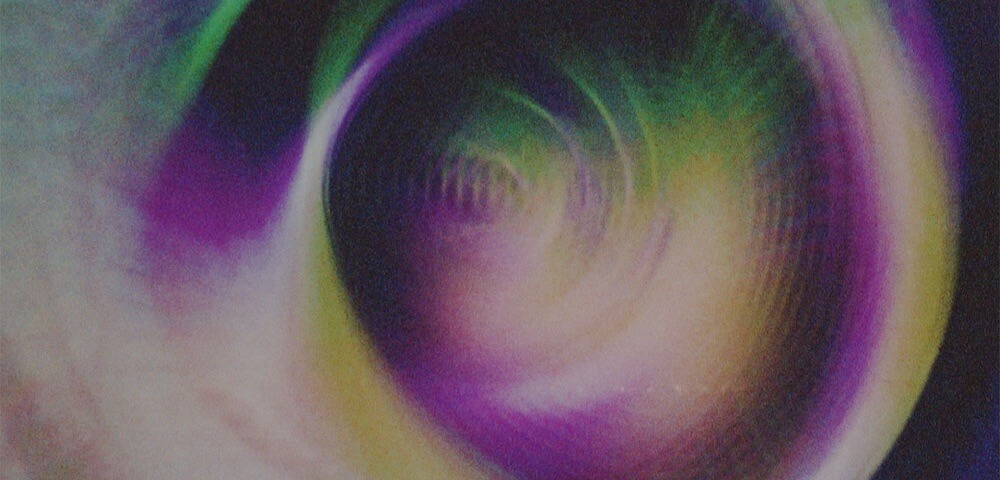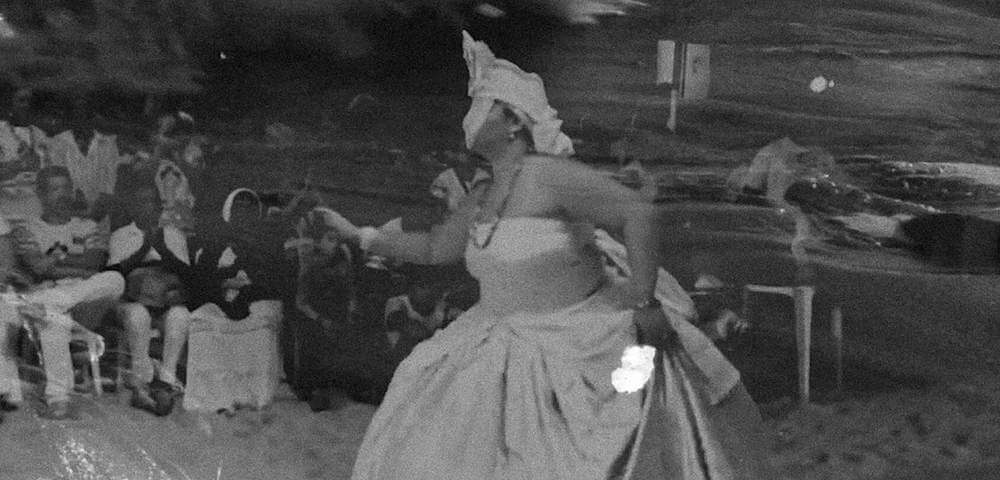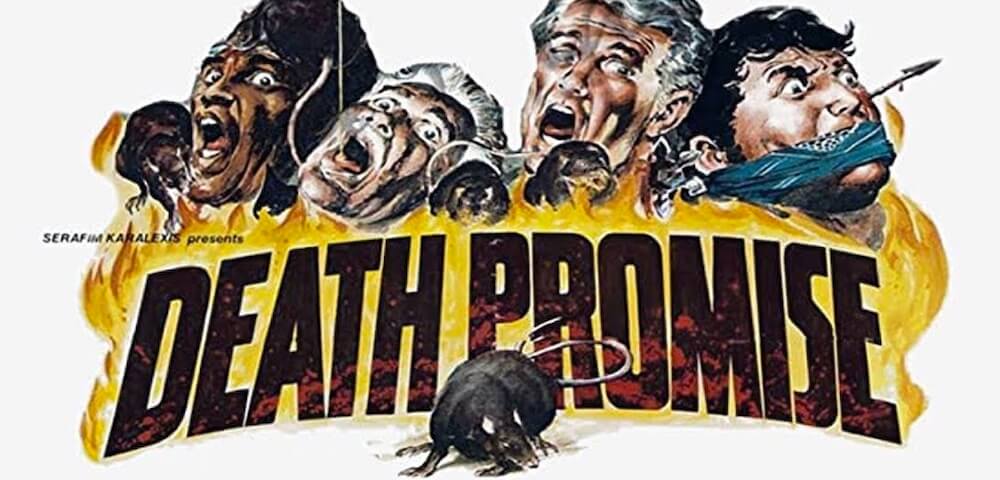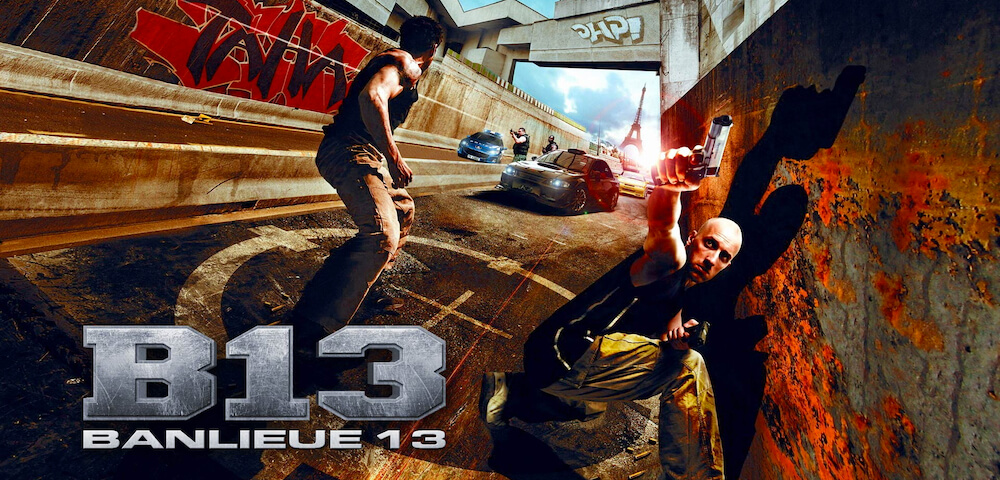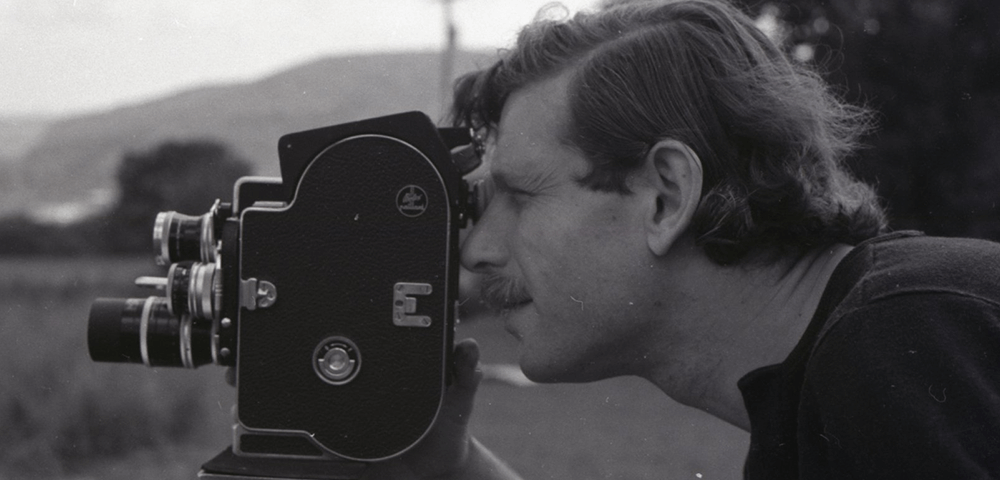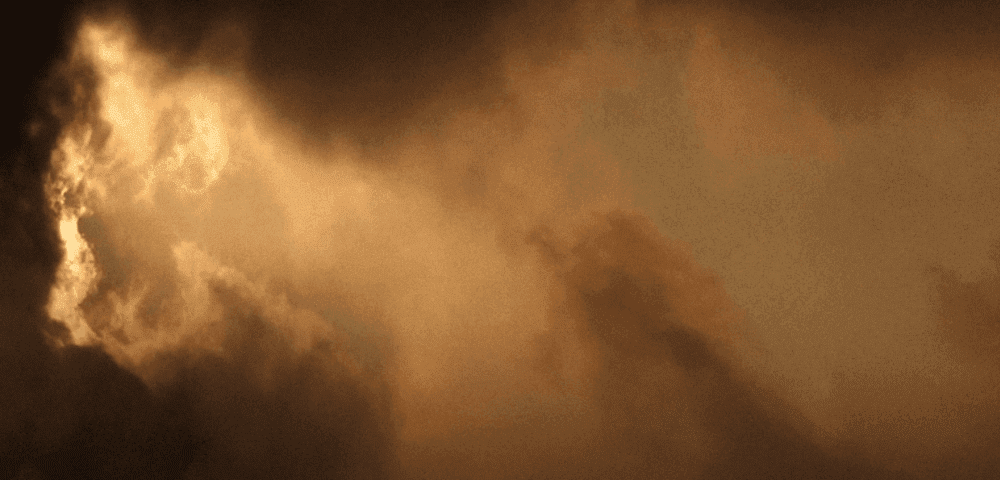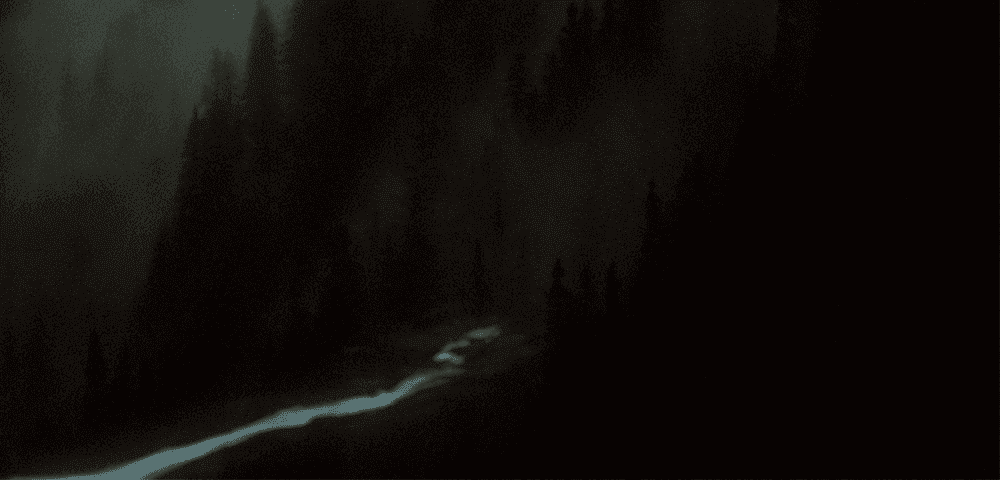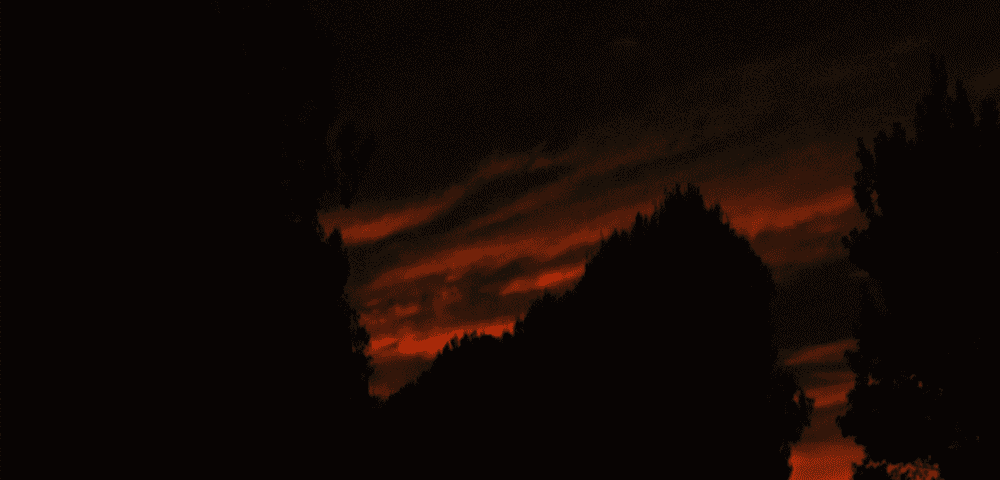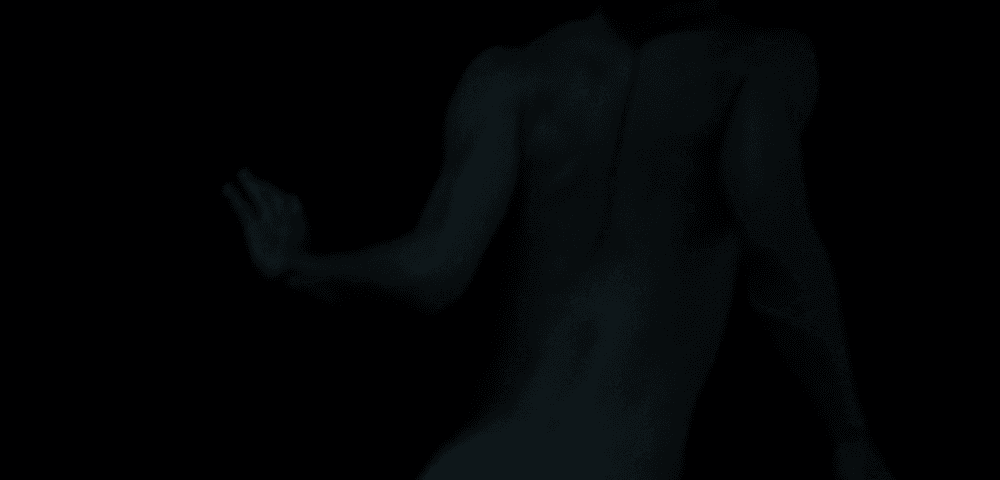Following our 2019 presentation of his films RENDEZVOUS IN CHICAGO and MERCURY IN RETROGRADE, Spectacle is thrilled to welcome the acclaimed maverick filmmaker from the Windy City Michael Glover Smith back to 124 S. 3rd Street for the NYC premiere of his new feature RELATIVE, ahead of a wider roll-out in June.
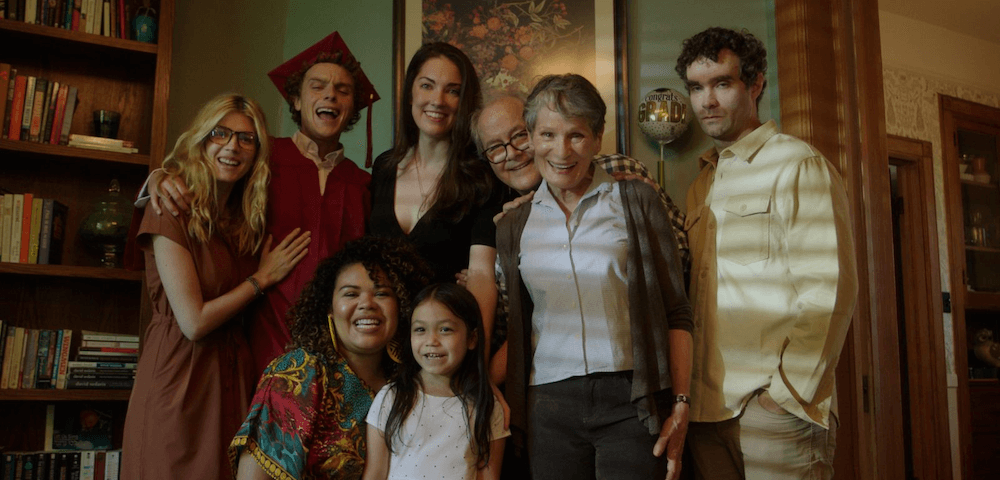
RELATIVE
dir. Michael Glover Smith, 2022
97 mins. United States.
In English.
ONE NIGHT ONLY!
RELATIVE is a comedy/drama about three days in the life of a modern American family. Karen Frank (Wendy Robie) and her husband David (Francis Guinan) are retirement-age progressive activists who have lived in the same Victorian home in Chicago’s Rogers Park neighborhood for 30 years. It’s the house in which their four children grew up and where two of their children, adult sons Benji (Cameron Scott Roberts) and Rod (Keith D. Gallagher), still live. On the eve of Benji’s graduation from college, daughters Evonne (Clare Cooney) and Norma (Emily Lape) return home from out-of-state for a weekend celebration. Evonne brings her daughter, Emma (Arielle Gonzalez), and newly separated wife, Lucia (Melissa DuPrey); Norma arrives alone, with thoughts of wasted potential as she reconsiders her suburban life; Rod, an unemployed burnout, pines for Sarah (Heather Chrisler), the “cam girl” ex who left him years ago; and all Benji wants to do is escape the party to rendezvous with Hekla (Elizabeth Stam), a free-spirited actress he met the night prior. As David and Karen announce the potential sale of their home, each member of the Frank family finds their bonds with the others being tested – and strengthened – in surprising ways.
“RELATIVE asks what it means to be a parent, a child, a brother, a sister. While my previous three films deal with romantic relationships between characters in their 20s and 30s, RELATIVE primarily examines parent-child relationships and sibling bonds across three generations of the same family. I strove to stretch myself as a writer/director by creating characters of diverse ages and tried to mine each of their lives for emotional and psychological truth. Thanks to the best ensemble cast with whom I have ever had the pleasure of working, I believe the end result shows, in a manner that I hope is universal and timeless, both the difficulties and the rewards that come with being a relative.” – Michael Glover Smith
“Featuring a brilliant and eclectic cast of talented veterans and relative newcomers, this is a wickedly funny, occasionally poignant and authentic-to-its-core drama/comedy about three eventful days in the life of a totally relatable extended family.” – Richard Roeper, Chicago Sun-Times
“His intimate, actor-driven dramas are set not merely in the real world, but in specific locales, with dialogue testifying to the fact that both the characters and the place have histories that still weigh on them in the present. The movies are ragged and imperfect, alternate awkward and sublime, but when they hit, they strike deep and tear you up.” – Matt Zoller Seitz, RogerEbert.com
“The screenwriting is excellent with many lines you have to quote.” – Nancy Bishop, Third Coast Review
MICHAEL GLOVER SMITH wrote and directed the feature films COOL APOCALYPSE (2015), MERCURY IN RETROGRADE (2017), RENDEZVOUS IN CHICAGO (2018), and RELATIVE (2022), all of which won awards at festivals across the U.S. and were the subject of rave reviews. The Chicago Sun-Times’ Richard Roeper wrote that “Smith has a deft touch for creating characters who look and sound like people we know” and RogerEbert.com’s Matt Fagerholm has called him “one of the Windy City’s finest filmmakers.” His films have screened at the American Cinematheque and Rooftop Cinema Club in Los Angeles, Spectacle Theater and the Regal UA Midway in NYC and the Gene Siskel Film Center and Music Box Theater in Chicago. He teaches film history at several colleges and is the author of FLICKERING EMPIRE (Columbia University Press, 2015), an acclaimed nonfiction book about film production in Chicago during the silent era.
BRIAN RATIGAN is the director and founder of Non Films, an award-winning label for ephemeral animation and experimental cinema in NYC. He is established in the film festival circuit as a programmer and juror for the Slamdance Film Festival, Atlanta Film Festival, Chicago Underground Film Festival, and the London Indie Festival, among others. Ratigan serves as Director of Animation for Kumar Pictures, co-manages Chaotic Cinema, and curates film screenings for independent artists.

